British writer George Orwell wrote his novel “1984” in the middle of the twentieth century as an allegory of totalitarian states which had emerged on the global panorama, mainly represented by the USSR.
The protagonist, Winston Smith, like the rest of society, is constantly monitored by an oppressive system represented by Big Brother; an omnipresent entity, watching its inhabitants’ every involuntary thought and action.
Approximately a couple of decades ago, the British State began to create a sort of Big Brother in large cities throughout the country. Only behind China and Russia, the United Kingdom is the nation in which the most measures to control its citizens are employed in relation to population size. It has everything: from closed circuit video surveillance (known as CCTV) through to data collection at demonstrations to swell police databases, ministerial influence over supposed terrorist suspects, number p late detectors and even spy planes. This latest project began to take shape in 2010 with the approval of various British government agencies.
The truth is that the British State defends all of these actions under the guise of improving public safety and reducing high crime rates in large cities.
As if a self-fulfilling prophecy, in the very year of Orwell’s novel the expansion of video surveillance systems in London was already in full swing.
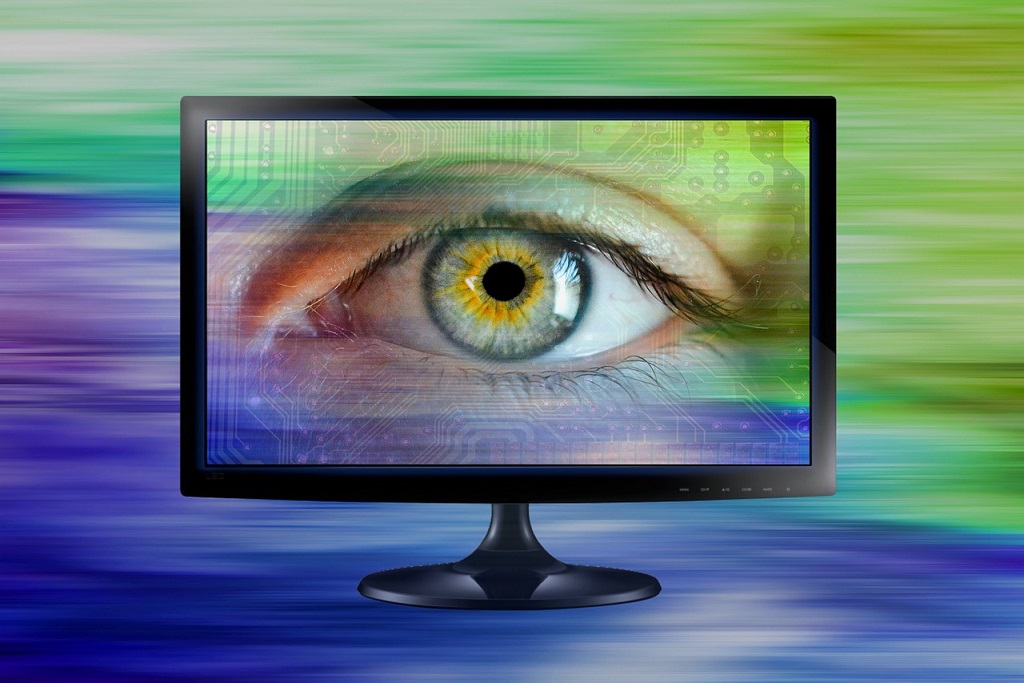 Before this, the oldest urban surveillance experiment had been in operation since 1960 to observe a group of people who had gathered in Trafalgar Square after the Thai royal family arrived in London.
Before this, the oldest urban surveillance experiment had been in operation since 1960 to observe a group of people who had gathered in Trafalgar Square after the Thai royal family arrived in London.
Subsequently, in the mid-1960s the first video surveillance systems were permanently installed. By 1969, London already had a closed circuit made up of nearly 70 cameras.
Later from 1974, the first video surveillance systems were stationed to monitor key areas of London traffic.
A year later video surveillance was positioned in four stations on the London Underground system, the same day that street cameras were positioned to control groups of hooligans during a football match.
Surveillance and crime
It has been half a century since these first urban surveillance experiments but from then on the development of these systems has increased exponentially.
Currently, statistics stating the total number of total surveillance cameras in the United Kingdom are contradictory. Some studies indicate that there are approximately 4 million cameras installed, by both the British Home Office and private enterprises which equate to one camera for every 14 inhabitants. However, at the end of February this year, a report estimated that there were a total of 1,850,000 cameras (one for every 32 people), most of them privately operated in enclosed premises.
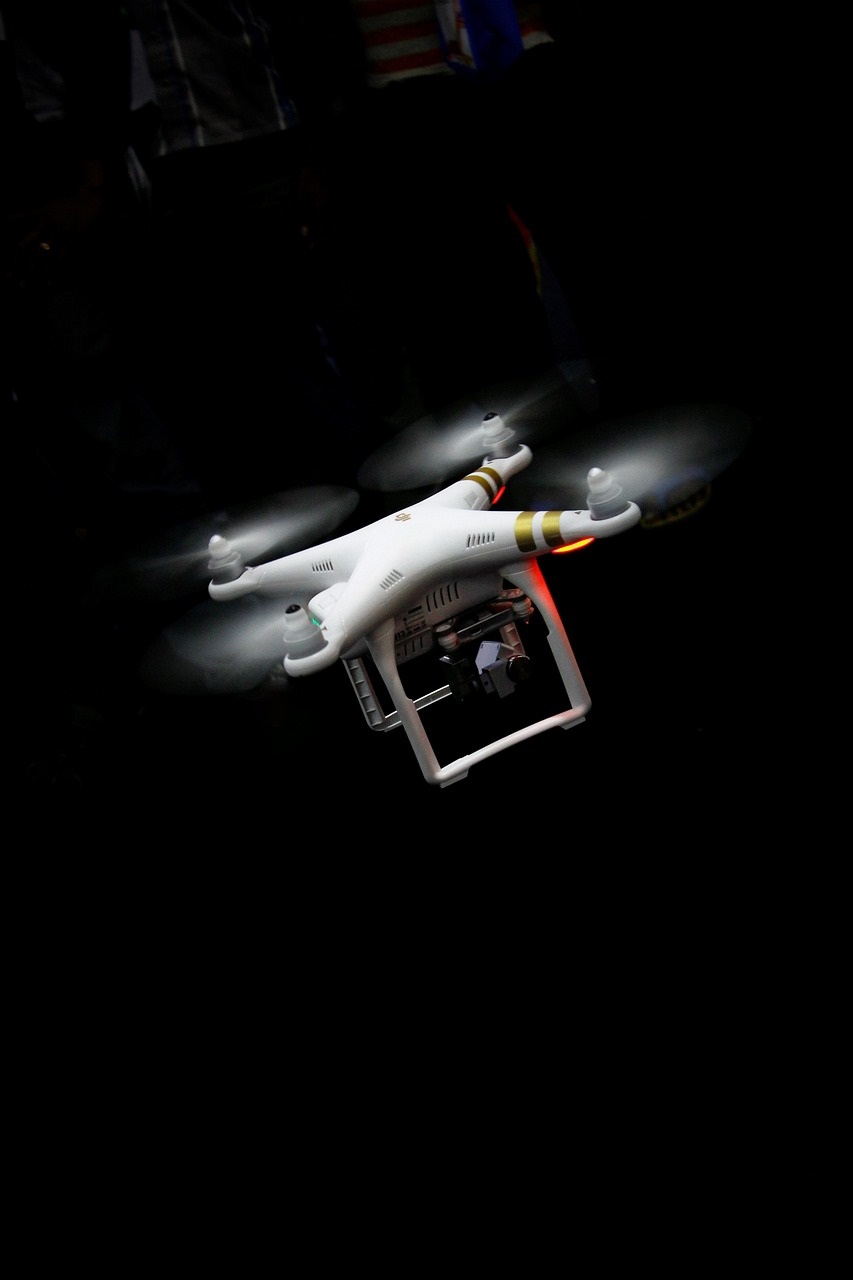 In any case, whichever of the figures is correct, according to the historical development, it shows a steady development in almost indiscriminate use of such surveillance measures.
In any case, whichever of the figures is correct, according to the historical development, it shows a steady development in almost indiscriminate use of such surveillance measures.
On this note, it is certain that there would be several questions about these extraordinary statistics. If the use of surveillance measures is a reaction to deterring serious violations, terrorism, petty crime or anti-social behaviour and used as a tool in solving crime cases, can its effectiveness be justified to fulfill its aims? Has it really helped to lower crime rates? London is the city best able to gauge the issue of policing and crime in the UK and the figures have indicated many doubts about the efficiency of CCTV.
With over 10,000 surveillance cameras throughout the city, leaving out the cameras operating on public transport services such as the London Underground where figures reach at least 11,000, statistics confirm that there are a greater number of closed circuits in the most troubled neighborhoods, as would be logical.
For example, Hackney has about 1,500 cameras, Wandsworth nearly 900, Tower Hamlets over 800 and Greenwich and Lewisham over 700 each.
Those figures contrast with other areas of London such as the municipalities (boroughs) of Kensington and Chelsea, Sutton and Waltham Forest, where there are fewer than 100 of these kind of cameras in each.
What is not so logical is that the boroughs of Wandsworth, Tower Hamlets, Greenwich and Lewisham, where there are a large number of public surveillance cameras, have one of the worst rates of crime solution in London, while Sutton has one of the best.
In this sense, a report by the charity Nacro (National Association for the Care and Resettlement of Offenders), said that the money spent on closed-circuit surveillance – which reaches around 200 million pounds – could be used more efficiently in providing adequate street lighting for many London streets which lack good lighting, which could also greatly reduce high crime rates.
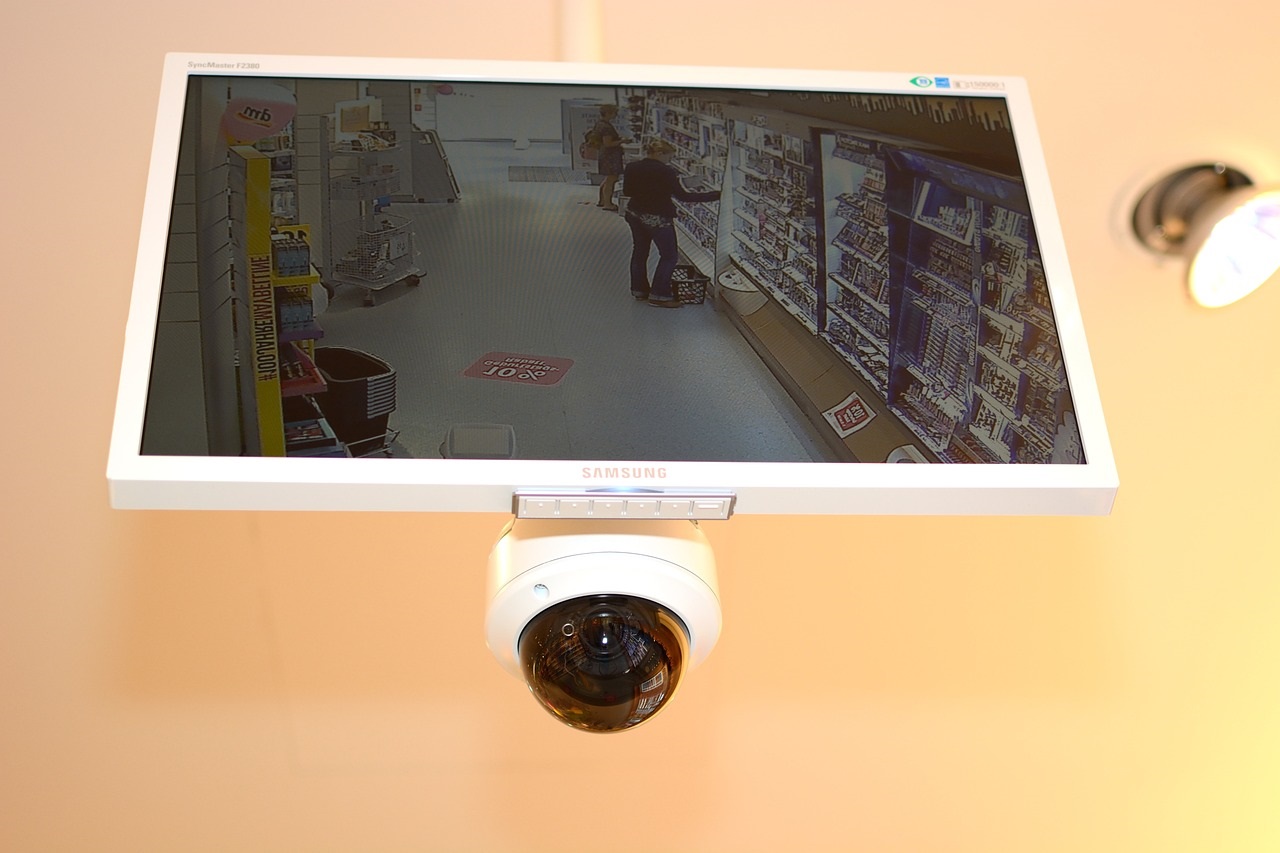 Who spies on the spies?
Who spies on the spies?
Leaving the contentious issue of CCTV, another measure which raises several questions which concerns many organisations who work and fight for the protection of civil liberties has to do with the strict surveillance and undercover police in demonstrations, environmental protests and other similar events.
Organizations like Network for Monitoring, Campaign Against Criminalising Communities or Fitwatch, to name just three, are working to prevent such intrusions and provide legal advice to people who have been arrested in demonstrations. The measures used by the police in these cases consist of requesting the data and filming demonstrators, even from inside vans with tinted windows, in order to create a database with demonstrator profiles.
At the beginning of this year British newspaper The Guardian revealed the identity of undercover police officers who had been participating in environmental and anti-globalization movements for several years.
Big Brother 2.0
Not content with this whole string of dubious measures to improve the “safety” of UK citizens, its authorities are carrying out new projects for the population surveillance and monitoring.
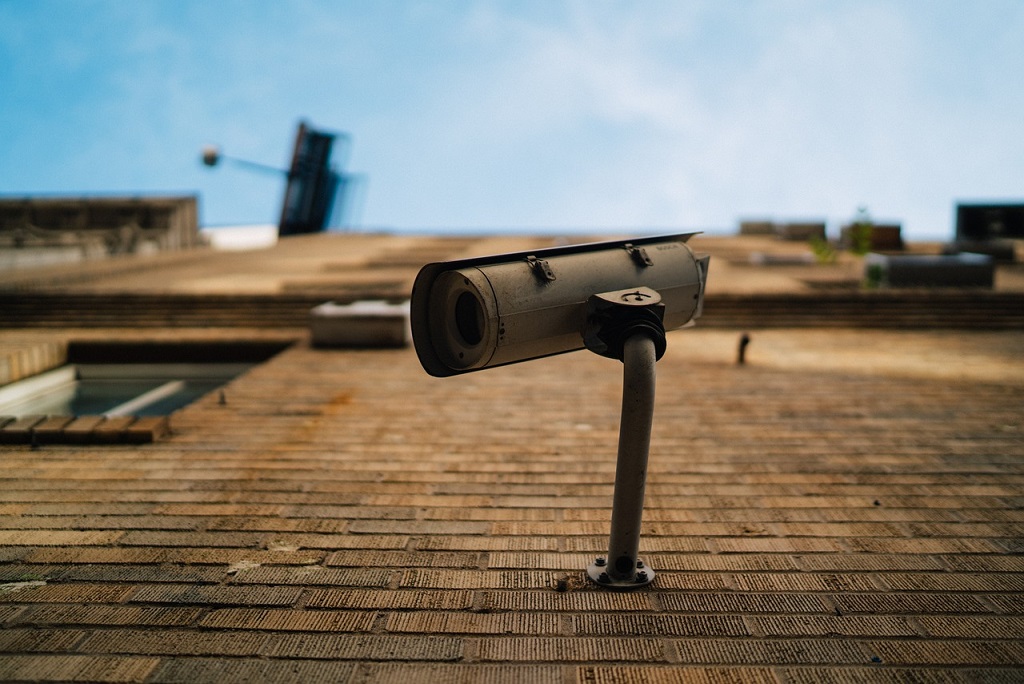 One of them was started in early 2010 by the arms company BAE Systems, who make spy planes similar to U.S Army prototypes used in the Afghanistan and Iraq wars to monitor, control and collect information for the British police, border authorities and other government agencies.
One of them was started in early 2010 by the arms company BAE Systems, who make spy planes similar to U.S Army prototypes used in the Afghanistan and Iraq wars to monitor, control and collect information for the British police, border authorities and other government agencies.
This new system aims to be in place for the Olympic Games which will be held in the British capital next year, in spite of many reservations. This is to the worry of BAE Systems, the multi-million pound contract expected to be signed with the UK government. However, several UK academic bodies, Queen Mary University among them, are developing a new CCTV system, called Project Samurai.
This project can identify suspicious or abnormal behavior in people within crowds, such as in the airports, and indeed one of the partners of this project is British Airways.
In this way the system can track an individual walking among people and develop their possible paths to check-in, for example, and alert when it detects behavior that differs from the norm, not unlike Orwell’s Big Brother.
We are being watched but do not always know where, how, when and by whom. The issue has many aspects and this article is only the beginning of an extensive investigation.
(Translated by Charlotte Hughes – Email: charlotteemilyhughes@hotmail.com) – Photos: Pixabay

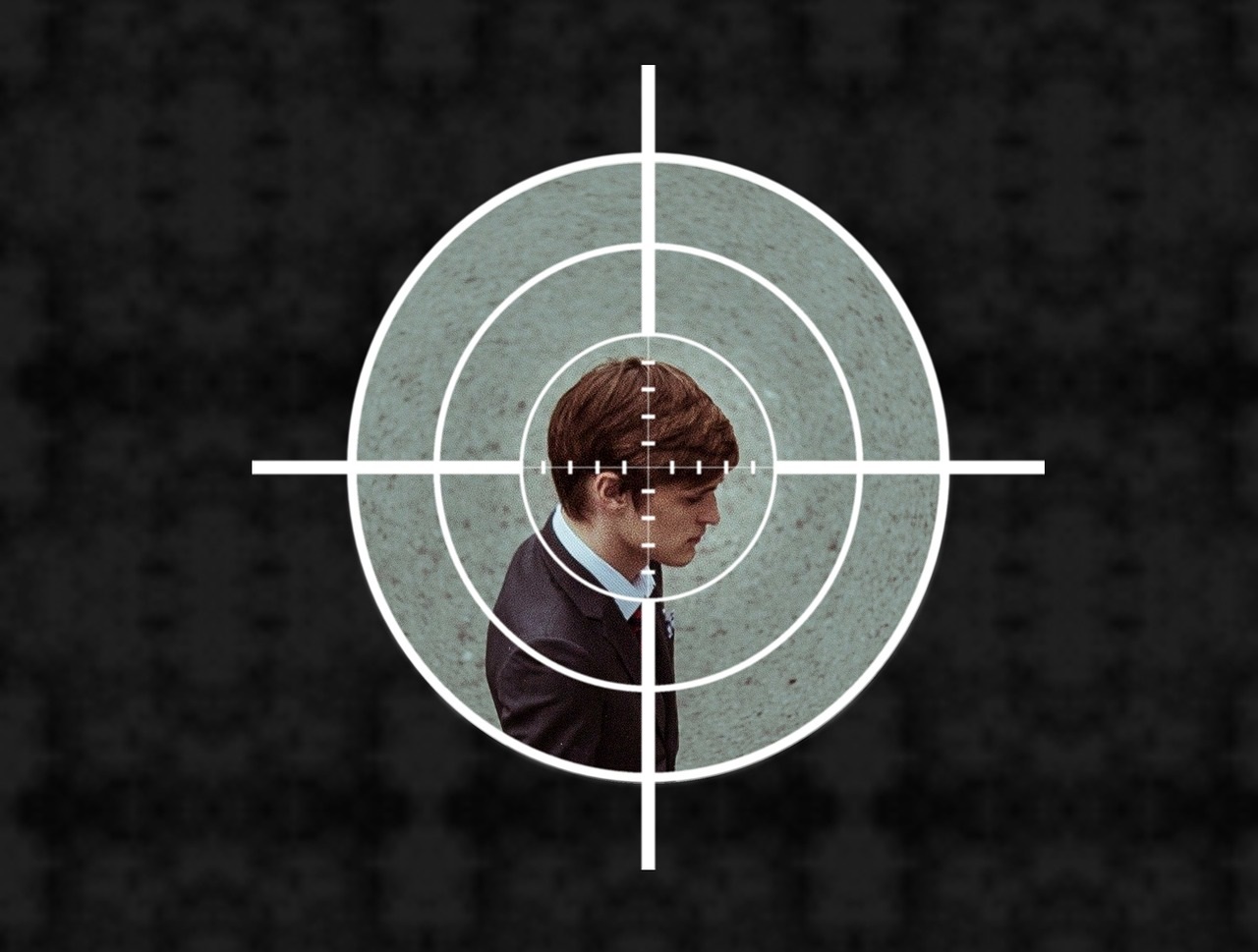











.jpg)












